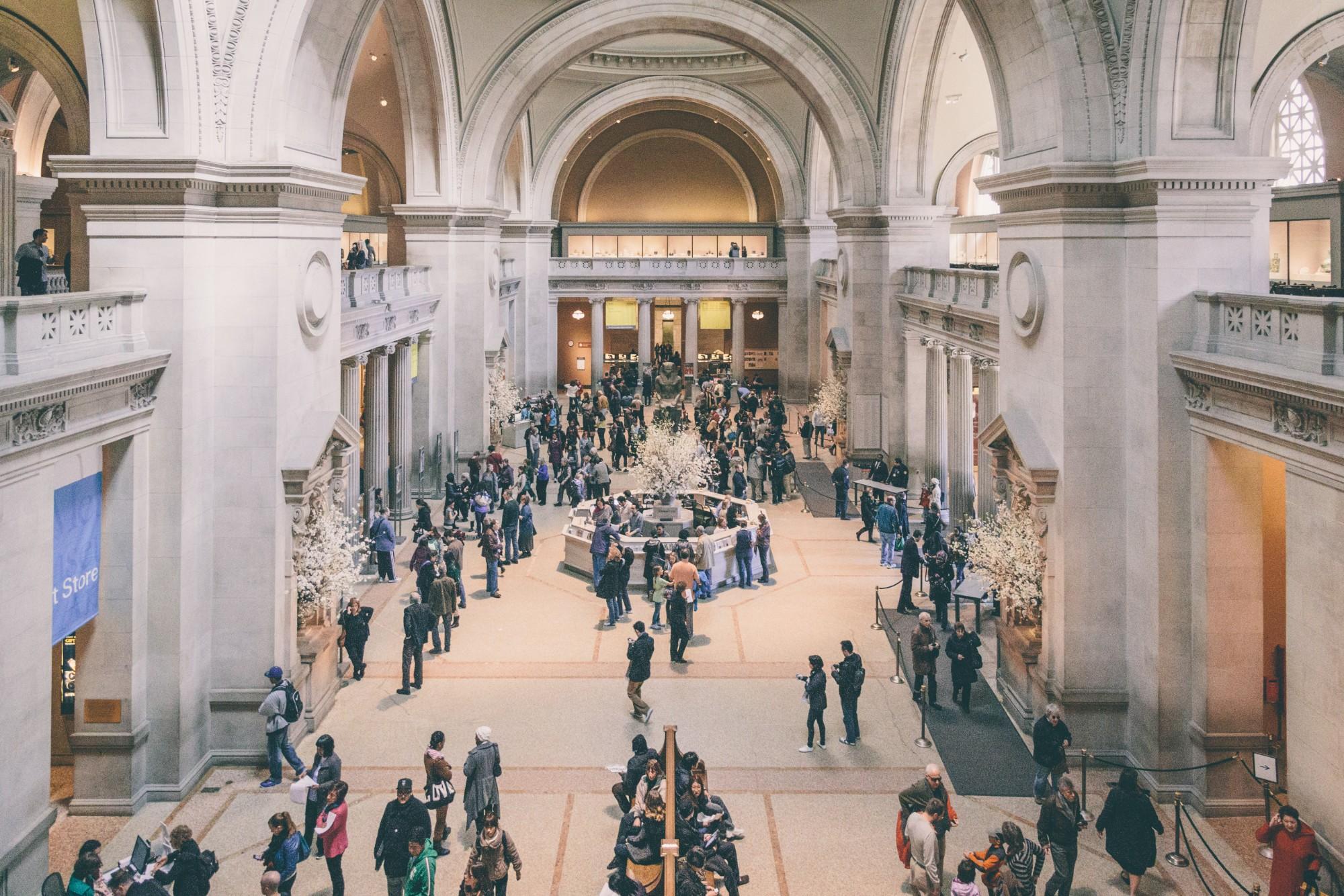These funds come as welcome relief to cultural institutions struggling amid a wide array of social distancing and “shelter-in-place” orders across the nation; however, $232 million falls far short of the $4 billion bailout the American Alliance of Museums and other arts-focused institutions requested of congress in order to help museums survive. Over the past few weeks, members of arts groups were urged to contact members of Congress, while some museums used their fan bases to spread news of lobbying efforts via social media, such as through the Metropolitan Museum of Art’s #CongressSaveCulture Campaign.
The American Alliance of Museums said in its letter to Congress that the financial situation of museums across the country is dire, as they are losing at least $33 million per day due to museum closures. A representative from the American Alliance of Museums stated in a New York Times interview that one-third of American museums surveyed were already in financial trouble prior to COVID-19-related closures, and three-quarters of those museums are now closed. If closures continue, it is projected one-third won’t reopen.
Though large portions of museum budgets often come from private donations, a significant portion comes from visitors. The Association of Art Museum and Directors’ most recent “Art Museums By the Numbers” report states that the average museum earns about 25 percent of its revenue from on-site activities, such as admission, events, and museum store and restaurant sales. But as more people stay home, these major funding sources are drying up, especially as special exhibitions—a prime source of many museums’ annual funding—go largely unattended.


























![DEl Kathryn Barton [Australian b. 1972] the more than human love , 2025 Acrylic on French linen 78 3/4 x 137 3/4 inches 200 x 350 cm Framed dimensions: 79 7/8 x 139 inches 203 x 353 cm](/sites/default/files/styles/image_5_column/public/ab15211bartonthe-more-human-lovelg.jpg?itok=wW_Qrve3)



